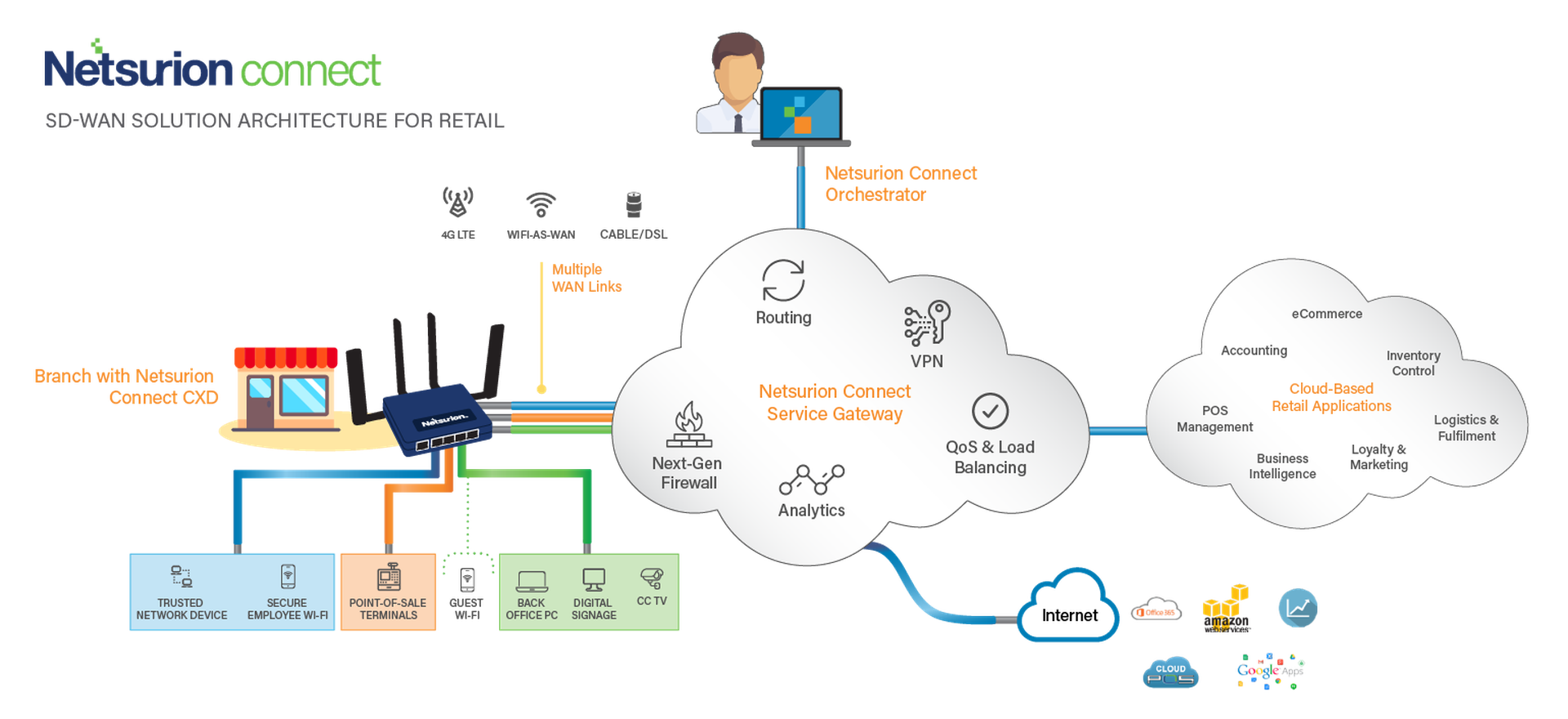Most current forecasts indicate that the managed security services market is expected to more than double during the next five years. This means a growth of more than 10% per year should be expected. At the same time, the cybersecurity talent gap is growing, and it is estimated to reach more than three and a half million unfulfilled jobs worldwide by 2021. As businesses accelerate their digital transformation, attracting talent to defend their IT systems from prying, malicious actors becomes more challenging.

Such predictions by market analysts have made the case for many managed service providers (MSPs) to start including a mix of Security Information and Event Management (SIEM), Unified Threat Management (UTM), and Intrusion Detection System / Intrusion Prevention System (IDS/IPS) services in their mix, among other security solution acronyms that would make any business owner’s eyes glaze over.
The market opportunity is growing fast but MSPs must act fast to keep up. It has become a green field of opportunities especially for MSPs that understand the small business and mid-market segments.
As small- to medium-sized businesses (SMBs), and especially distributed enterprises with small- to medium-sized branches, undertake the digital transformation journey, adopt applications in the cloud, and overcome the trust barrier, their need to beef up cybersecurity increases.
The challenges SMBs face are as diverse as their businesses, and include:
- The cybersecurity talent gap.
- The increasing sophistication of cyber-attacks targeting the vulnerable and more exposed sites in a supply chain.
- The complexity of the threat landscape, including phishing, crypto-mining, denial of service attacks (DoS), ransomware, etc.
- The always looming industry and government regulations (PCI DSS, HIPAA, NIST 800-171, GDPR, and many more compliance-related acronyms for the business owner to digest).
- The choice between complex high-end enterprise solutions that goes underutilized (or mis-used) and the consumer-grade unsafe alternatives.
- The high cost of the enterprise grade solutions or the potentially business-killing cost of a consumer-grade alterative should a breach occur.
Businesses look to MSPs for a comprehensive, cost-effective, and simplified solution.
Are MSPs up to the task? Many are not up to it yet. Many MSPs are only focusing on securing and managing the endpoints but lack the visibility necessary to monitor and segment network traffic, control access, manage firewalls, and enable business continuity via automated failover connectivity to ensure endpoint-to-edge security coverage. There’s so much more to offer and revenue to be made by protecting the small to mid-sized branch beyond managed endpoint security. More effective and efficient edge monitoring, security, and control is the logical next step.
Enter managed SD-Branch, a single integrated hardware platform that supports routing, security, and Wi-Fi plus cellular functions that can all be managed centrally via the cloud. Now, the MSP can bundle a network offering with their security solutions at a cost that makes sense to their clients, increasing their revenue and margins, and empowering certain businesses to migrate away from costly and unnecessary Multiprotocol Label Switching (MPLS) links.
By bundling Security Information and Event Management (SIEM) with SD-Branch, by managing and securing the endpoints and the edge, MSPs are able to power secure and agile networks.
SIEM Plus SD-Branch Use Case
Think of a retailer with multiple stores. Think of the cost, complexity, and rigidity of MPLS vs the affordability, simplicity, resiliency, and agility that a matured SD-WAN technology offers. What if you could drive their digital transformation from the endpoint to the edge, from headquarters to every branch, while reducing their CapEx and OpEx? What if you could help your clients truly become PCI DSS compliant? What if you could grow your business at the same time?
It turns out that offering managed SD-Branch along with managed SIEM, you could do all those things and a lot more. Securing the branch from endpoint-to-edge means that you can:
- Deliver paramount security by preventing, detecting, and remediating security incidents across the network, with full visibility of your client’s endpoints, servers, routers, IoT links, all the while delivering a better branch experience (e.g. secure guest Wi-Fi)
- Deliver high network availability by providing automated failover cellular connectivity, redundant links for an always-on connection, traffic segmentation, and MPLS-like QoS via VPN.
- Deliver IT agility and simplicity by connecting a new branch in a matter of minutes versus days or weeks; by provisioning devices remotely through the cloud via an orchestrator; by securing customer premise equipment (CPE) by turning off unused WAN and LAN ports remotely
- Deliver cost-effectiveness by charging per feature (unlike per-bandwidth costs of MPLS)

To make it simple, with a managed SD-Branch offering, you would deliver highly secure and highly available branch networks along to your customer with cost-savings.
What if you could offer these secured branch networks quickly without the need to re-train yourself, staff up or cross-train your current staff? There’s a green field of opportunities in software-defined branch orchestration and security, and Netsurion is quickly enabling partners to secure and manage branch networks from the endpoint to the edge.
To drive the digital transformation of your SMB clients, you need to adapt your business first. Learn more about SD-Branch capabilities for MSPs.
Author John Ayers, CISSP, CISM, is vice president product management, Netsurion, parent of EventTracker. Read more EventTracker blogs here.




